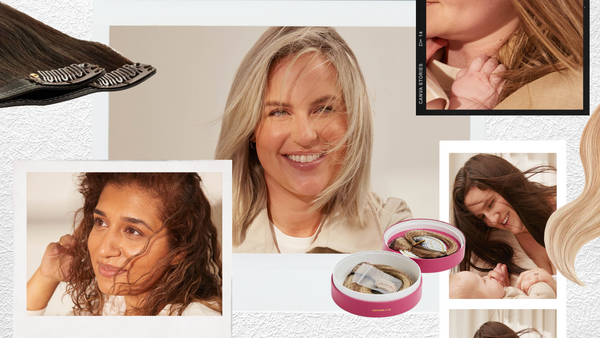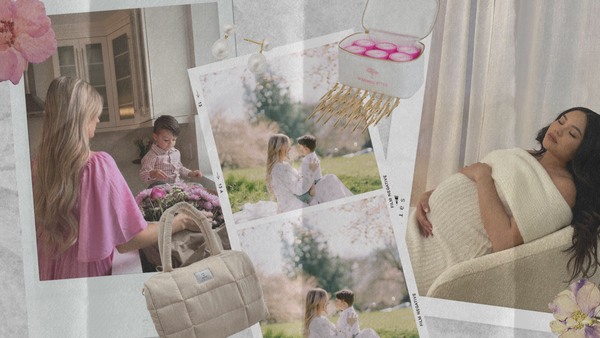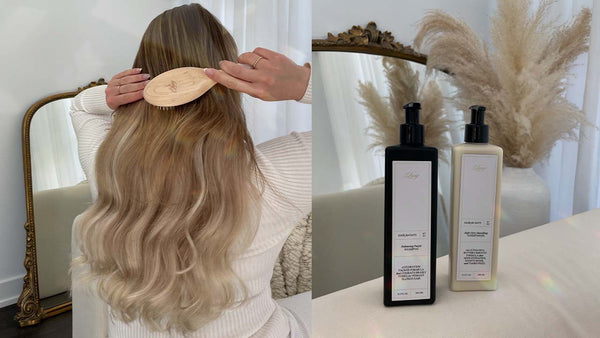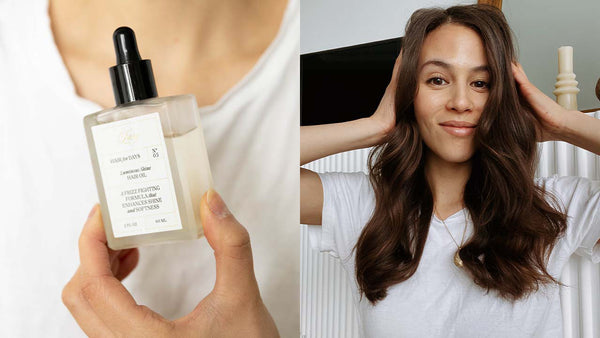Are you still able to style your hair the way you want? Noticing more frizz or breakage? Are your ends split beyond repair?
If you answered “yes” to any of the above, it is time for a hair cut.
How often you should cut your hair comes down to damage and the health of your hair. While split and damaged ends are usually quite visible, the texture of your hair is also a big giveaway for trim or haircut time. If you feel strands becoming dry and brittle you may not just be lacking moisture but elasticity, with healthy hair being dragged down by the damaged strands and ends. Damage of course, can also be linked to chemical processing like dyes and heat styling or UV damage.
Beyond damage and the health of your hair, it’s important to also consider your hair style! Short, layered, bangs or extra curly? Each style requires a different set of time between cuts and trims to maintain the best look. Your hair type also comes into play when considering how often you should cut your hair.
There is a general rule of thumb of 8 to 12 weeks between haircuts. This is generally for healthy hair and is a good enough time to maintain most hairstyles for most hair types. But just like the general rule for how often you should wash your hair (2 to 3 times a week typically) this can differ for everyone. To help, we did some research to scope out everything you need to know about how often you should cut your hair based on hairstyle and hair type.
How often should you cut your hair?
Hairstyle: Blunt Bangs
Imagine the straight, hard bangs of Vogue editor and fashion icon, Anna Wintour. While super stylish and strong this classic look does take work. To maintain the blunt bangs, you should trim the bangs every other week. The bonus of this is, with some practice you may be able to do this on your own and don’t have to go to the salon every time. If you have wispy, longer bangs with thick, thin, or even curly hair, bangs can be trimmed every third week or so, depending on how quick your hair grows.
Hairstyle: Shoulder length curls
For naturally wavy or curly hair, 6 to 12 weeks between cuts should suffice if no damage, color or chemical treatments are involved. For coils and tight curls, you can stretch the time between cuts or trims to two months. In the time in between, it’s best to make sure the hair is moisturized. As curly, textured hair tends to naturally be on the drier side, ensure your washing routine is about 2 to 3 days for wavy hair, 3 to 7 days for curly hair and seven days or longer depending on the health of your hair for coily or kinky hair. Ensuring the hair has enough moisture will also help you determine if you need to move up your salon appointment or drag it out a little longer if length is good and locks are healthy.
Hairstyle: Pixie/Short cut
A pixie or short hair cut looks different on everyone. It has so much to do with the shape of your face, the texture and color of your hair and so on. For this style, growth is what you don’t want – and that’s for any hair type – as it takes away from the hairstyle. Because you want to maintain that short look, experts recommend a cut every 3 to 7 weeks depending on how fast your hair grows. While it may seem like a big commitment, it’s not a big cut every time, this is more of a maintenance trim to keep the style and specific length you want.
Hairstyle: Long layers
Oh layers, the many ways we can wear you. The versatility of this look also makes it less maintenance for those who love long-flowing layers. For that softer, longer look, 6 to 8 weeks between haircuts should definitely be enough. The beauty of this hair style is that it works so well for so many hair types, but also looks unique on straight, curly, and wavy hair. Playing with the length of layers also helps to keep the look fresh and is a great non-committal way to try a new look without varying too much from your original style. We dare you to try a different type of layered look on your next appointment, whether it be the shaggy layered look (more on that below) or sharper lines, you’d be surprised to see the difference. If it doesn’t work – it’ll grow out in time for your next cut anyway.
For those with fine hair, ignoring cuts for a fuller look does not actually make your hair look thicker. Clip in hair extensions easily add the volume and even length right after a blunt cut or in between cuts for a fuller, healthier look. If you like the straight edge layers, shorten time between cuts to 5 to 6 weeks.
Hairstyle: Shaggy layers
For that textured, multi-layered style, having layers grown in after several weeks actually enhances the look. Think of that sexy, rocker-chic type of vibe. The issue though is when they start to look overgrown and flat. To maintain shaggy layers, get your hair cut every 6 to 8 weeks, this allows enough time to let them grown in nicely, before looking weighed down and flat.
If you have thin hair and want your shaggy layers to look fuller, consider clip in hair extensions like our Volumizer Wefts to add volume where you want it and create the look you want.
Hairstyle: Bob/Lob
For sharp bobs with clean A-lines the general rule for how often you should get your hair cut is 6 weeks. This style will typically grow out nicely and can turn into a more relaxed lob after a few weeks. Depending on how fast your hair grows this 6-week cut-off is good for most hair types. However, if you like to maintain those clean sharp lines and like to keep it short at your neck or below your ears, move your hair appointment up a week to 5.
Hairstyle: Color or Chemically Treated
Hair type: All
Yes, we know that all types of hairstyles can include color or chemical treatments and it’s an important factor to time how often you should cut your hair based on the color or chemical process. If possible, work with your stylist to incorporate a trim with color or highlight touch-ups to save from multiple trips to the salon. Color and chemically-treated hair are more prone to damage, especially when you add heat-styling to the mix. Be sure to use hair oil or masks to help keep processed or treated hair moisturized and safe from split ends. Go for regular trims (or do them yourself if you can) to ensure any damaged or split ends are removed and don’t impact the health of the rest of your hair.
It’s also good to take a break once in a while from chemical treatments, allowing your hair to breathe, especially if you notice more damage.
A 2017 survey found that the average woman goes for a hair cut three times a year. This may work for certain hair types, but if you want the most out of your look don’t skip regular trims or cut appointments. Don’t trade length for dry hair and split ends. Without regular trims hair can also become dry and look dull. If you use chemical treatments, not getting rid of the damaged hair weighs on the rest. Regular hair appointments don’t have to be dramatic changes every time, getting frequent trims not only helps to maintain your unique hair style it can also help keep the hair healthy, avoid dry, split ends and make for hair that looks shinier and fuller.
How to keep your hairstyle for longer between cuts
While we all want easy, manageable hair the best way to maintain healthy hairstyles is to care for our hair. Giving your scalp some love, using heat protect products when styling and limiting chemicals all go into maintaining the hairstyle you want for longer. Avoid activities that cause further damage to the hair such as tight ponytails, rough towel drying, or UV damage. By protecting the health of your hair you’re also getting the most out of your hairstyle for longer.
How often you should get your hair cut also shouldn’t keep you from trying a new hairstyle. There are so many versatile styles it never hurts to experiment a little. With so many tutorials and tools like hair extensions, playing with your hair type and style has never been easier.
Written by: Rosalyn Solomon







